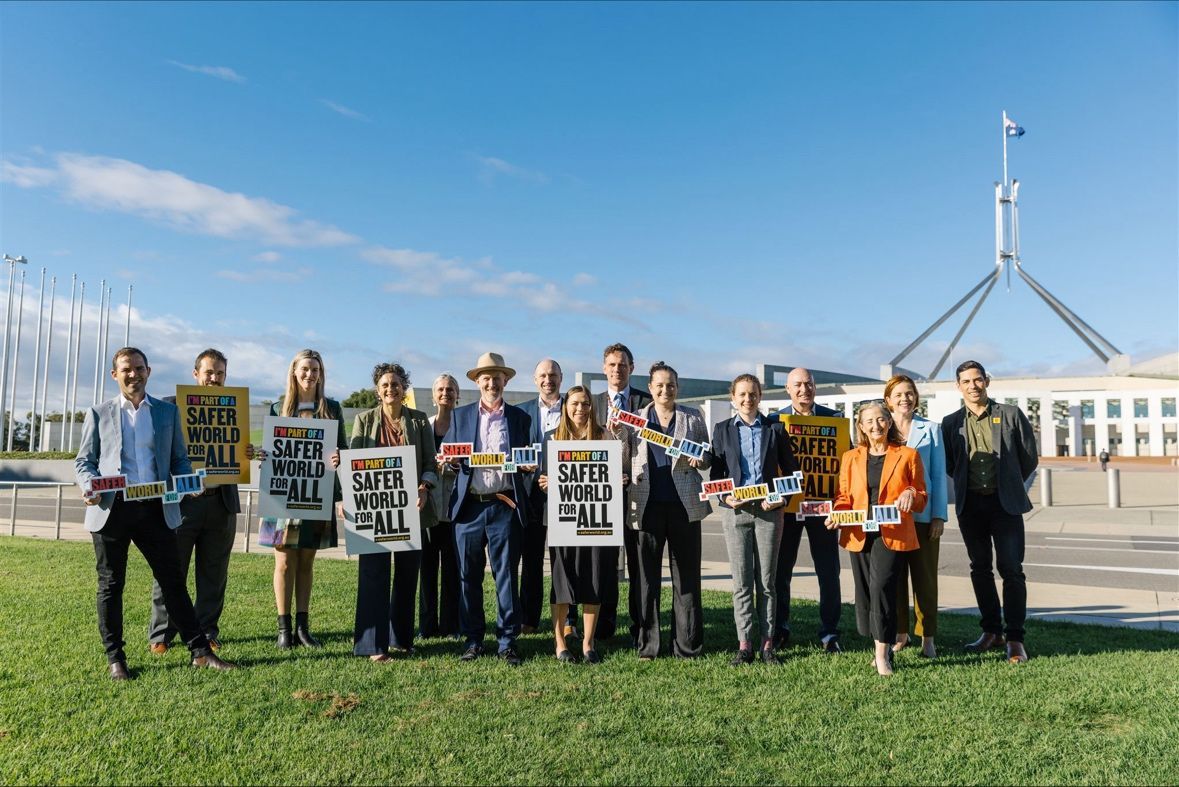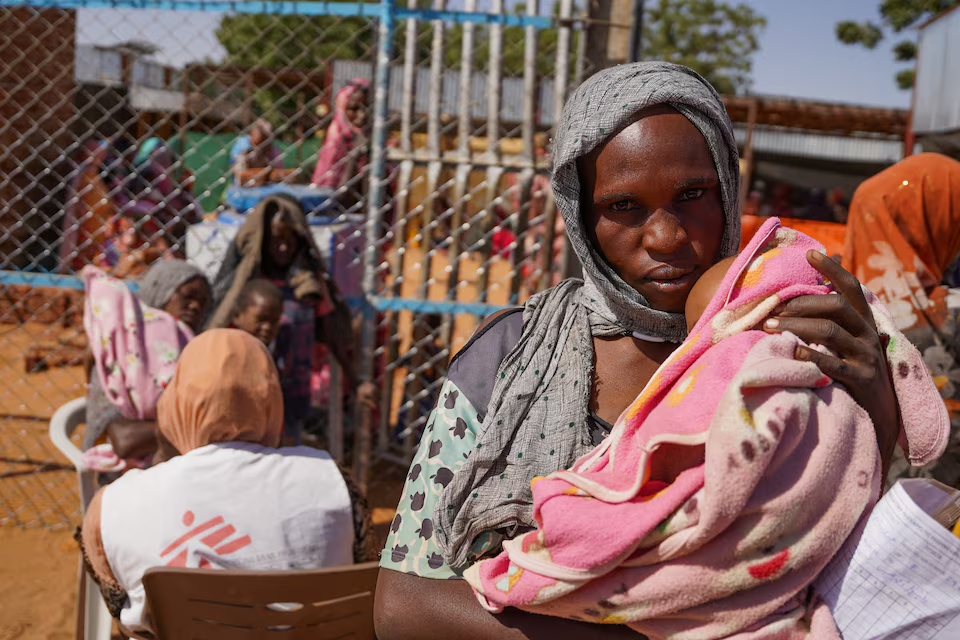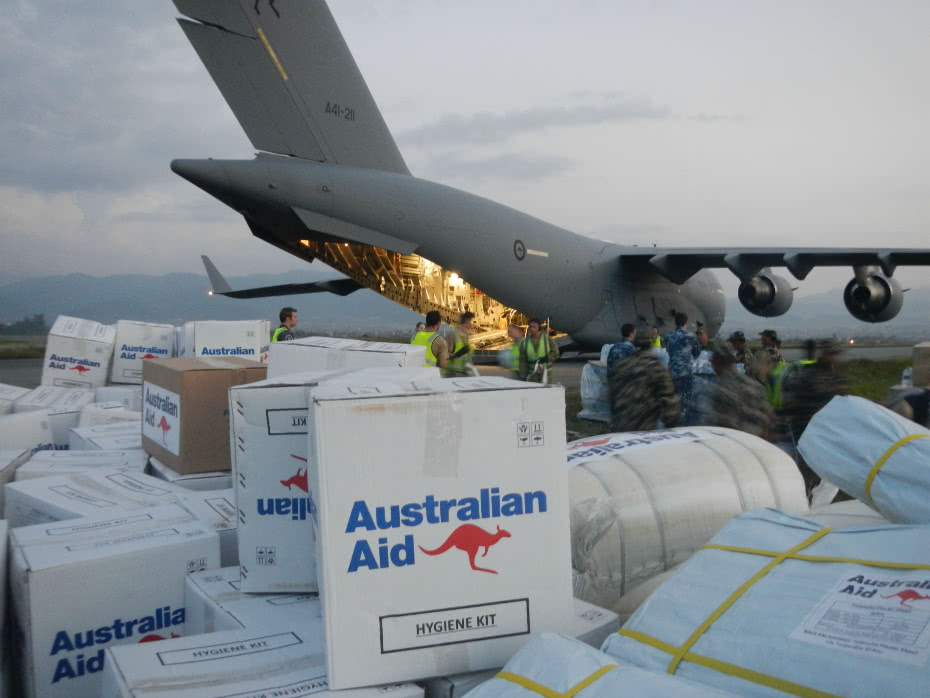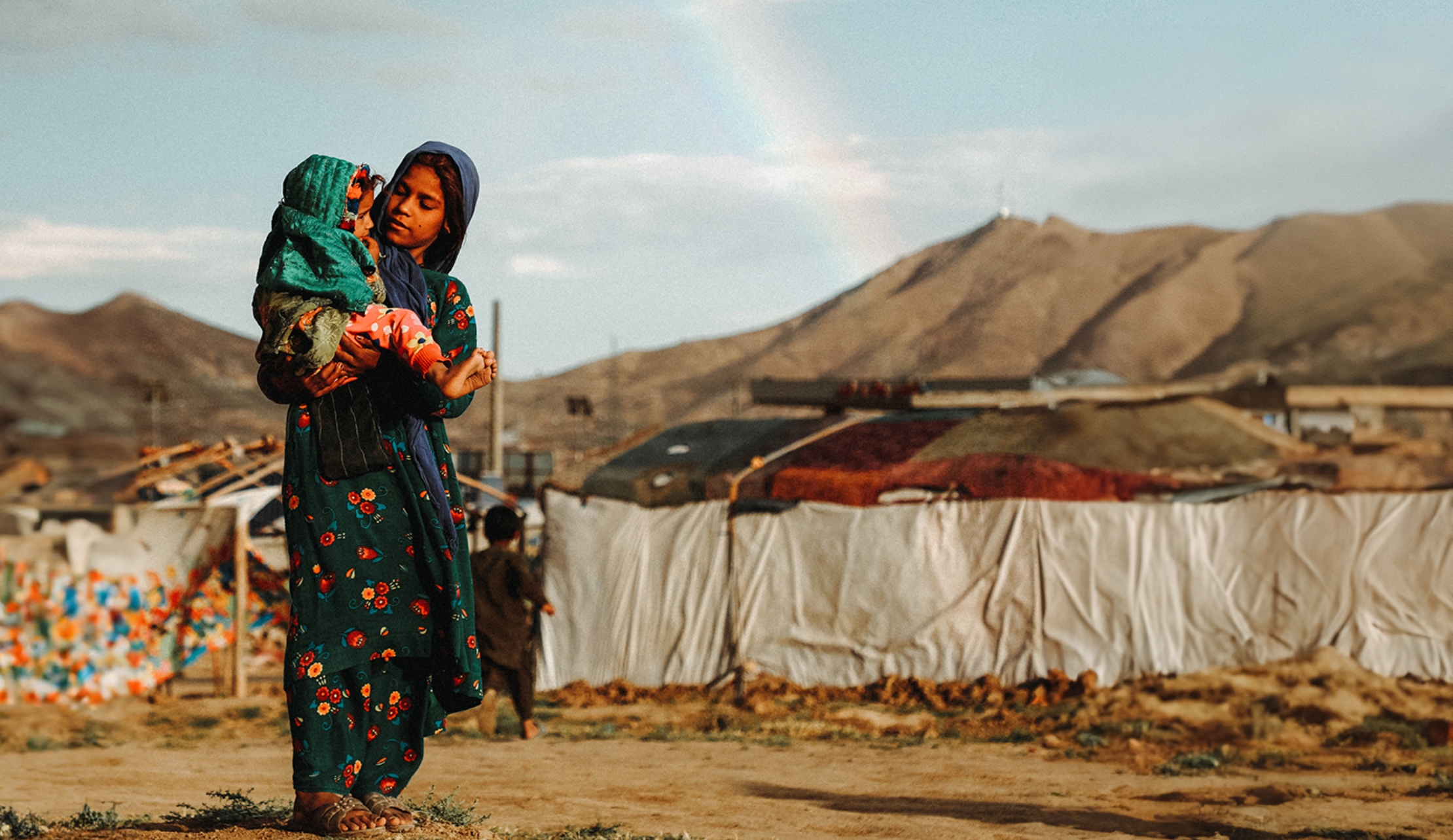
What’s the ask?
As part of our package of reforms to deliver a Safer World For All, we’re calling on the Australian government to support a fairer global economy. This means an economy – debt, tax, trade, and investment – are fairer for all, especially the developing world.
Our specific asks are for Australia to support efforts on:
- Debt sustainability
- Reforming taxation
- Transforming international finance institutions
Why these asks?
The global financial system was set up in a world that is vastly different to the one we are living in today and the system, as it is currently structured, is contributing, not addressing as it should, the inequities between countries. As such, to build a better future for everyone, we must shift the system or the rules by which we operate. This means reconfiguring and redesigning the global economic system so it that can respond to the needs of the world as it is today. So that it is structured for fairness and sustainability.
“Today’s global problems are not just the result of a pandemic, an invasion, or fossil fuels. They are driven by the very economic systems upon which our societies currently depend. There is now ample evidence suggesting that the global economic system is facing terminal problems, creating social and environmental crises it cannot resolve in its current form. These crises are now so severe as to compromise the health and integrity of not just the economic system, but social and environmental systems writ large.”
Zach Walsh, Global Polycrisis as a Pathway for Economic Transition, 2023
“The international financial architecture, crafted in 1945 after the Second World War, is undergoing a stress test of historic proportions – and it is failing the test. Designed by and for the industrialized countries of the post-war period, at a time when neither climate risks nor social inequalities, including gender inequality, were considered preeminent development challenges, the international financial architecture already had structural deficiencies at the time of its conception. These have become increasingly at odds with the reality and needs of the world today, making the international financial architecture entirely unfit for purpose in a world characterized by unrelenting climate change, increasing systemic risks, extreme inequality, entrenched gender bias, highly integrated financial markets vulnerable to cross-border contagion, and dramatic demographic, technological, economic and geopolitical changes.”
Our Common Agenda Policy Brief 6, 2023
“…to deal with the root causes of this dire situation, we need deep reform of our outdated, dysfunctional and unfair international financial architecture. We urgently need:
- financial institutions that are fit for purpose;
- that ensure the benefits of globalization flow to all; and
- that deliver on their mandate by providing a safety net for all countries in troubled times.
In short, we need a new Bretton Woods moment.”
UN SDG Report 2023
Examples of the inequities and challenges imposed by the current global financial system
Debt architecture
Current debt architecture places an unfair, and sometimes unserviceable, burden on developing countries:
- When governments must service a debt, they are restricted in money available to spend on the building blocks of development, such as health systems, education, and social services: it is currently estimated that 3.3 billion people, across 48 countries, are directly affected by underinvestment in education or health due to large interest repayments on national debt.
- The situation is compounded when disaster strikes and debt repayments are not postponed or forfeited.
Lack of investment where it is needed and lack of finance overall
There is not enough finance available, either from traditional lenders or from new sources, and it is failing to be used where it is most needed and will have the desired impact.
- In 2022 investment per person in low-income countries averaged US$175 per person, compared with US$11,535 per person in high income countries.
- There is an estimated USD 4 trillion gap between the annual funding needed to achieve the Sustainable Development Goals and the funding available.
“The failure [of the economic architecture] poses a growing and systemic threat to the multilateral system itself, driving deepening divergence, geo-economic fragmentation and geopolitical fractures across the world.”
UNSG Policy Brief
The solutions
Re-structuring the global financial system can be achieved if we make deliberate choice to:
- place sustainable development at the central objective of markets, economies and international finance institutions;
- redress the current unequal exchanges and inequities between countries by, for example, debt relief and global progressive tax reform; and
- enable and ensure sustainable investment for those who need it, particularly by meeting and increasing ODA commitments (link to earlier blog)
These actions will be further reinforced by ensuring developing countries also have a proportionate voice and representation in global decision-making institutions and processes.
What the reforms will achieve
Reforming the global financial system will:
- help countries to meet their needs and assist them to invest themselves in the building blocks of development; and
- lessen the risks posed by the climate crisis (like food insecurity and water scarcity) because countries will have funds available to proactively prepare and respond and because investment will flow to where it is needed (ie rapid, large-scale decarbonisation across all sectors).
Most importantly, these reforms will assist in placing the world on a path to genuine equity and opportunity for all. Making the world fairer is a world that is a safer for all.
“It is in the interest of all developed and developing countries to reform the international financial architecture in order to rebuild trust in the system and prevent a further drifting apart and eventual fragmentation of international financial and economic relations. We must craft a new set of rules and institutions that support convergence for the twenty-first century and enable all countries to achieve sustainable, inclusive and just transformations. The international financial architecture should be structured to proactively support the implementation of the Sustainable Development Goals and the realization of human rights.”
UN SG Policy brief
Safer World for All campaign
This ask is part of a three-part transition plan, addressing immediate and urgent needs whilst also solving for the structural and systemic issues that underpin the way the world currently operates. The actions are: invest in Australian Aid; support a fairer global economy; and ensure a safer climate future. Taken together, these actions will create a safer world for all.
READ MORE



